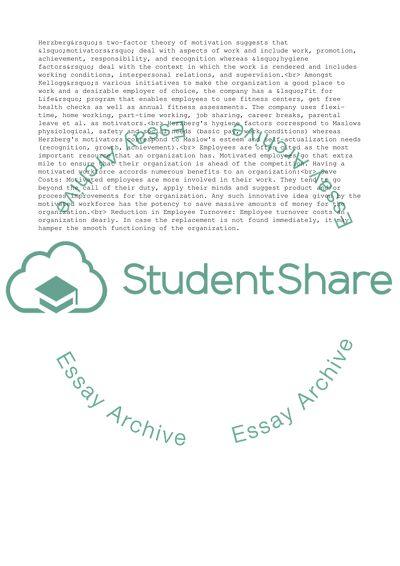Cite this document
(Effective Personnel Management: The Theory of Motivation Assignment, n.d.)
Effective Personnel Management: The Theory of Motivation Assignment. Retrieved from https://studentshare.org/management/1586063-b202a
Effective Personnel Management: The Theory of Motivation Assignment. Retrieved from https://studentshare.org/management/1586063-b202a
(Effective Personnel Management: The Theory of Motivation Assignment)
Effective Personnel Management: The Theory of Motivation Assignment. https://studentshare.org/management/1586063-b202a.
Effective Personnel Management: The Theory of Motivation Assignment. https://studentshare.org/management/1586063-b202a.
“Effective Personnel Management: The Theory of Motivation Assignment”, n.d. https://studentshare.org/management/1586063-b202a.


